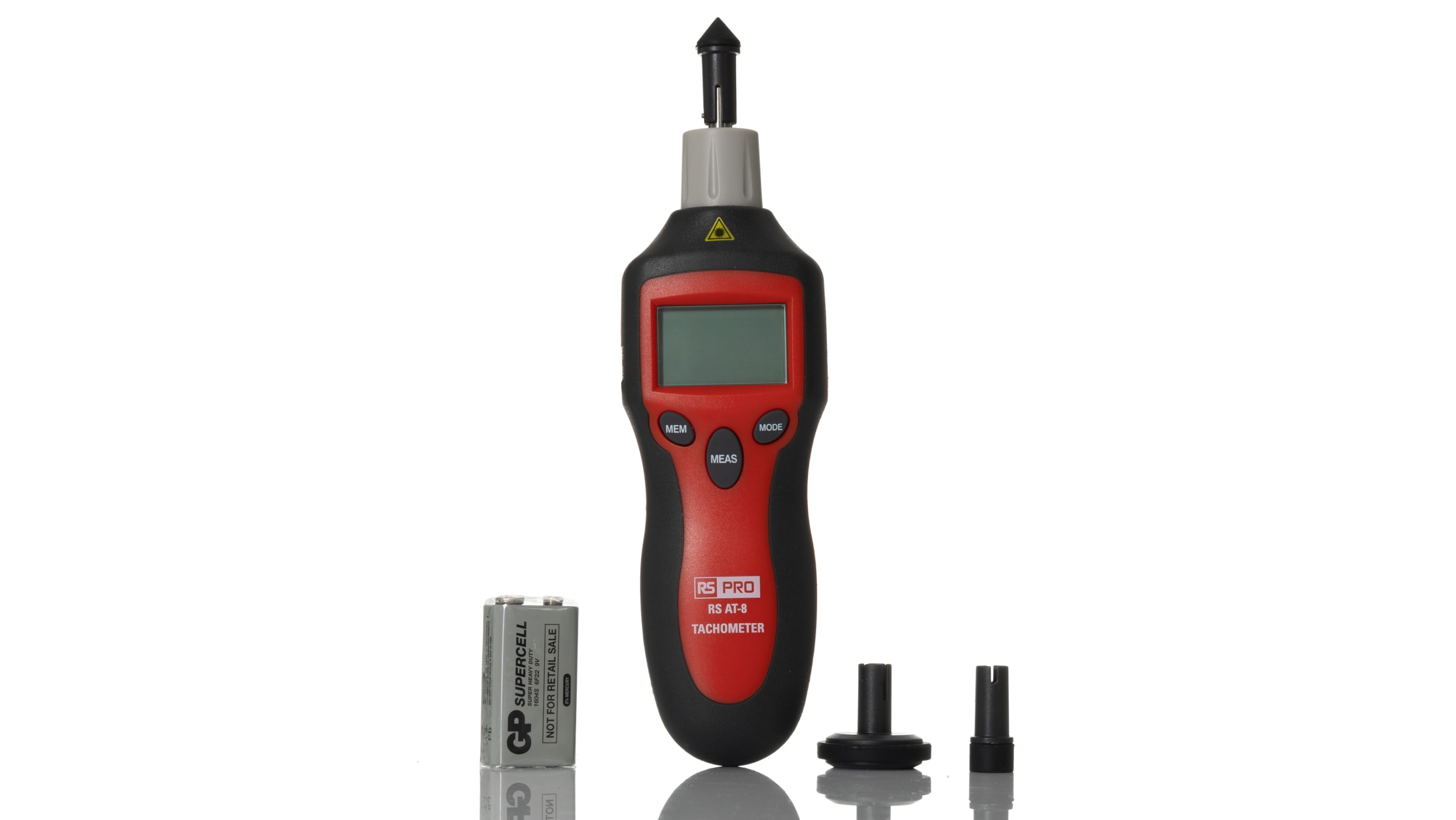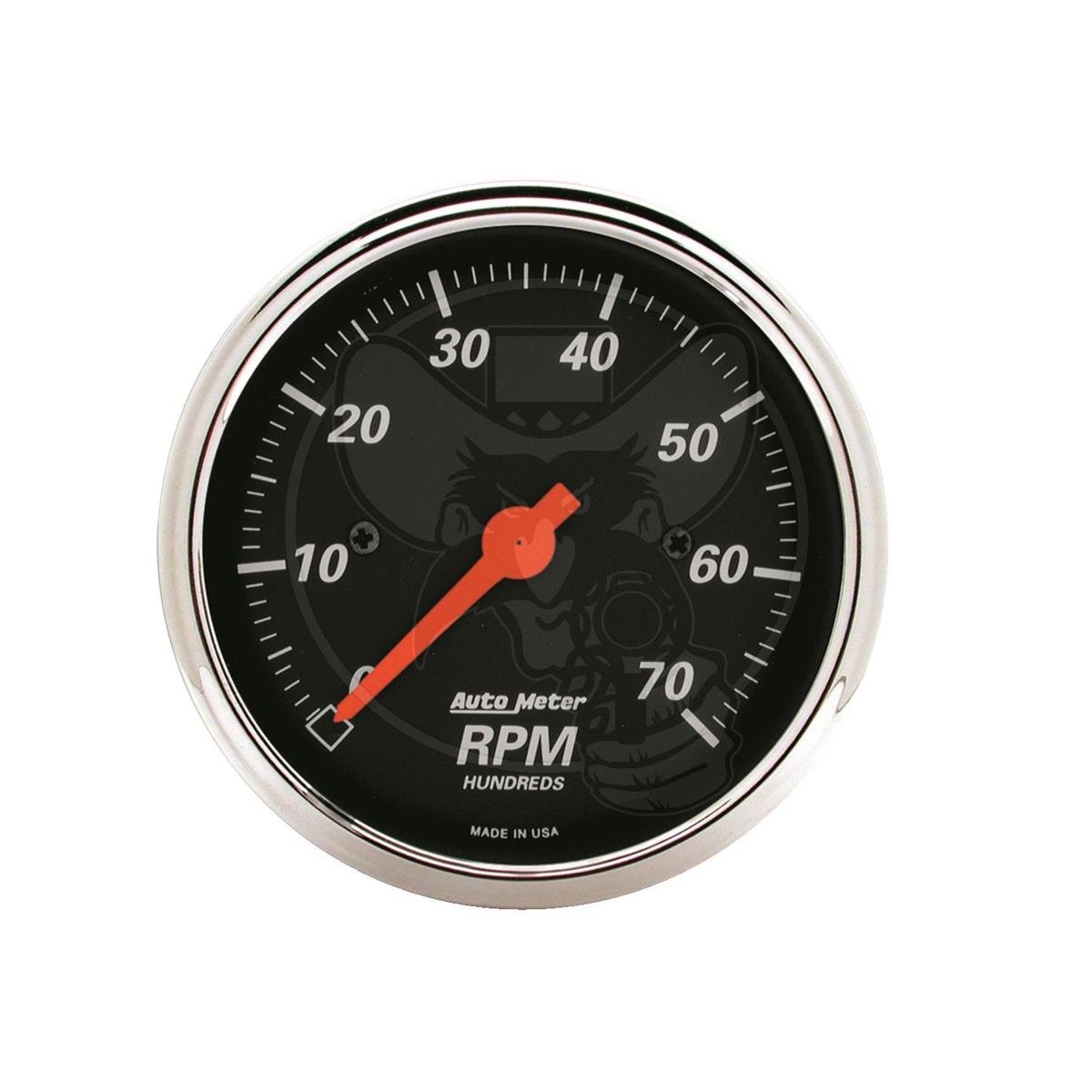How a Tachometer Aids Display Engine Wellness and Efficiency
How a Tachometer Aids Display Engine Wellness and Efficiency
Blog Article
The Value of a Tachometer in Checking Engine Speed and Performance in Automotive Applications
In the realm of auto engineering, the tachometer stands as a crucial tool in the motorist's arsenal, providing a direct window right into the inner operations of a vehicle's engine. Beyond its function as a plain gauge of revolutions per minute (RPM), the tachometer serves as an important device for fanatics and professionals alike, supplying real-time understandings right into engine efficiency and wellness.
Significance of Keeping An Eye On Engine RPM
Keeping an eye on engine RPM, or changes per minute, is an important element of automobile upkeep and efficiency evaluation. Engine RPM straight associates with the rate at which the engine's crankshaft turns, suggesting exactly how promptly the engine is running - tachometer. By keeping track of RPM, mechanics can analyze the health and wellness of the engine, detect prospective concerns, and fine-tune performance. An abnormal RPM analysis may signal issues such as engine misfires, faulty ignition system, or problems with the gas shipment system. Constantly high RPM readings could suggest hostile driving habits or the need for a higher equipment change to boost fuel efficiency.
Moreover, keeping an eye on engine RPM is important for performance assessment in auto racing and high-performance lorries. In recap, checking engine RPM is not just essential for finding concerns however likewise for maximizing engine efficiency in various vehicle applications.

Advantages of Real-Time Information
In vehicle applications, real-time information plays a critical role in offering instant understandings right into the efficiency and condition of the vehicle. By continually monitoring numerous specifications such as engine speed, temperature level, fuel usage, and more, real-time data uses many benefits that contribute to improved performance and safety when driving.
Furthermore, real-time data promotes performance optimization by supplying immediate comments on driving practices and engine effectiveness. Vehicle drivers can adjust their behavior in real-time based on this details to achieve better fuel economic situation and prolong the life expectancy of their automobile.

In addition, real-time data plays a vital function in modern auto diagnostics, allowing professionals to promptly detect and view website resolve malfunctions. This causes lowered downtime, lower maintenance prices, and eventually, boosted total automobile integrity and durability (tachometer). By utilizing the power of real-time information, vehicle stakeholders can make enlightened decisions that favorably affect both the performance and long life of the automobile
Effect On Equipment Shifts
The tachometer plays an important duty in optimizing equipment shifts by providing real-time engine speed read this data to the motorist. When approaching the redline on the tachometer, it signals the vehicle driver to upshift to prevent over-revving the engine and creating prospective damages.
Moreover, the tachometer help in achieving smoother equipment transitions, particularly in hands-on transmissions. By checking engine rate, motorists can perform gear changes at the ideal RPM array, reducing jerking activities and minimizing wear on the transmission elements. This precision in gear modifications not just boosts driving comfort yet also adds to fuel efficiency.
Enhancing Gas Performance
Provided the essential duty the tachometer plays in maximizing gear changes for efficiency and engine health, it directly contributes to optimizing gas efficiency in automobile applications. By supplying real-time responses on engine rate, the tachometer helps motorists in preserving the most reliable RPM array for gas economic situation. When motorists regularly check the tachometer and adjust their driving behaviors appropriately, they can prevent unnecessary gas consumption triggered by over-revving or carrying the engine.
In addition, the tachometer assists chauffeurs determine the most fuel-efficient gear to be in at any type of given moment, protecting against the engine from working more challenging than necessary. In final thought, the tachometer serves as an important device in enhancing fuel performance by promoting optimum driving practices and determining areas for renovation in the vehicle's performance.

Optimizing Engine Long Life
The tachometer's duty in keeping an eye on engine speed and efficiency is crucial in guaranteeing the longevity of auto engines. By utilizing the tachometer properly, motorists can optimize engine long life with conscious RPM administration. Continually revving an engine as well high can cause excessive deterioration on crucial elements, such as the pistons, shutoffs, and bearings. Over time, this can cause reduced engine performance and potential breakdowns. Checking the tachometer allows vehicle drivers to remain within the advised RPM variety for their automobile, stopping unnecessary strain on the engine and expanding its life expectancy.

Final Thought
In conclusion, the tachometer plays a critical function in keeping an eye on engine speed and efficiency in automobile applications. By supplying real-time data on RPM, it enables for reliable equipment shifts, improved gas performance, and taken full advantage of engine durability. This device is vital for preserving optimal engine performance and ensuring the general capability of an automobile.
Report this page